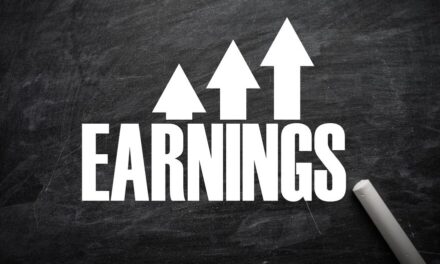My home state being West Virginia, I know a thing or two about coal.
The expression “canary in the coal mine” is metaphorical today and refers to an early warning, a sign of trouble ahead.
But back in the day, miners would bring canaries into the mine shafts with them. If the bird stopped singing and dropped dead, it warned the miners of the presence of poisonous gas.
Well, back in January, I saw the canary in the coal mine when Russian stocks started to sell off aggressively.
I’m an investment analyst. I’m not a geopolitical expert and frankly never plan to be. I had no idea that Russian President Vladimir Putin was planning to invade Ukraine, but I did know that trouble was brewing based on the divergences I saw in the market.
As of January 12, Russian stocks were down 17% over the prior three months. And remember, we started this year with most global markets surging higher after a strong finish to 2021.
Two weeks later, Russian stocks’ rolling return had deteriorated further, falling 28%.
That was six weeks ago, and it’s only gotten more extreme. Now Russian stocks are down 80%!
Brazilian stocks are up 15% over the same time, which means the spread between the stock markets of these two top-15 global economies is nearly 100% — insane, especially over just three months!
And I see no indication that this spate of volatility is ending anytime soon.
This reminds me of the Lindy effect, which is the theory that the longer something persists, the longer it’s likely to continue to persist. Its name comes from Lindy’s Deli in New York City, a popular hangout for stand-up comedians.
The original idea was this: The longer a new stand-up comedian gets invited back for another performance, the longer they could expect to continue taking the stage.
It makes sense.
Volatility Isn’t a “One-and-Done” Comedian
Comedy clubs churned through more wannabe comedians than they could count. Anyone who proved worthy of five appearances had something the one-and-done comedians didn’t. The venue was more likely to invite those folks back for another five appearances, at least.
Something similar holds in market trends.
Volatility, as measured by the price of the iPath Series B S&P 500 VIX Short-Term Futures ETN (BATS: VXX), makes new lows all the time, as volatility tends to spend much of its time in a low-to-medium state with occasional spikes. VXX’s construction almost guarantees that it trends lower over time, outside of those spikes.
Streaks of 10 days or longer without a new low in the price of VXX are rare.
But once those streaks exceed 10 days … they can go on for months!
In other words, the longer high volatility persists, the more likely it is to keep persisting.
That’s where we are today. VXX made its last new low on January 12, fully two months ago. If the Lindy effect holds, we may be looking at high volatility for quite a while longer.
Best Stock Sectors for Tactical Investors
None of us know when the Russian invasion of Ukraine will get resolved. My heart goes out to the Ukrainians — I pray for peace and healing.
But I know what to look for to tell when a market correction has bottomed. Markets find a bottom at the point when the last bull throws in the towel and sells everything.
To date, we have yet to see a day of indiscriminate selling in which 90% or more of stocks trade lower.
Those days tend to signal capitulation by weak-hand investors who can’t handle the volatility and drawdown of long-stock positions. And since we haven’t seen that activity yet, it’s likely that stock prices will fall until reaching that point.
That’s OK. We’ll stay tactical and look for opportunities as they arise.
Lately, those opportunities have been in energy — it’s no secret that “old energy” stocks have been on a tear.
But geopolitical conflicts illustrate the importance of reducing our dependence on foreign oil. Alternative energy is our most promising option.
And my brand-new “Infinite Energy” presentation will show you why I have such high conviction in the renewable energy revolution.
Click here to watch now, and see how you can crush the market in the green energy space.
To good profits,

Adam O’Dell
Chief Investment Strategist




